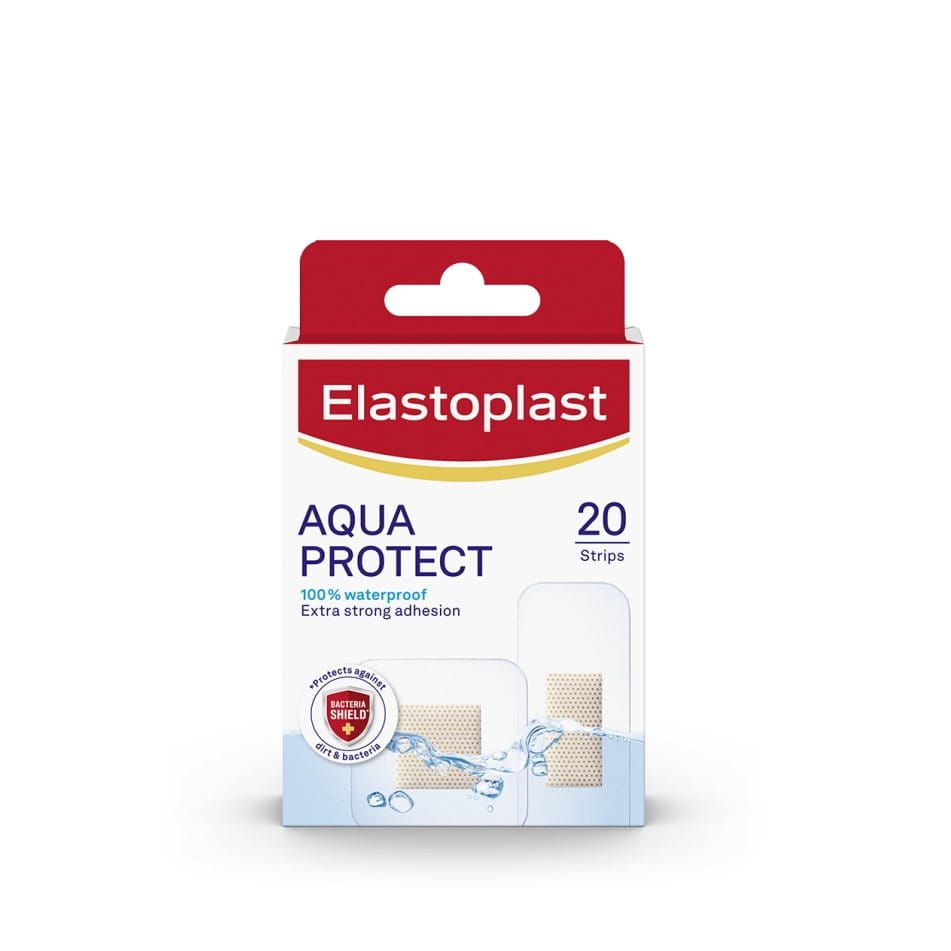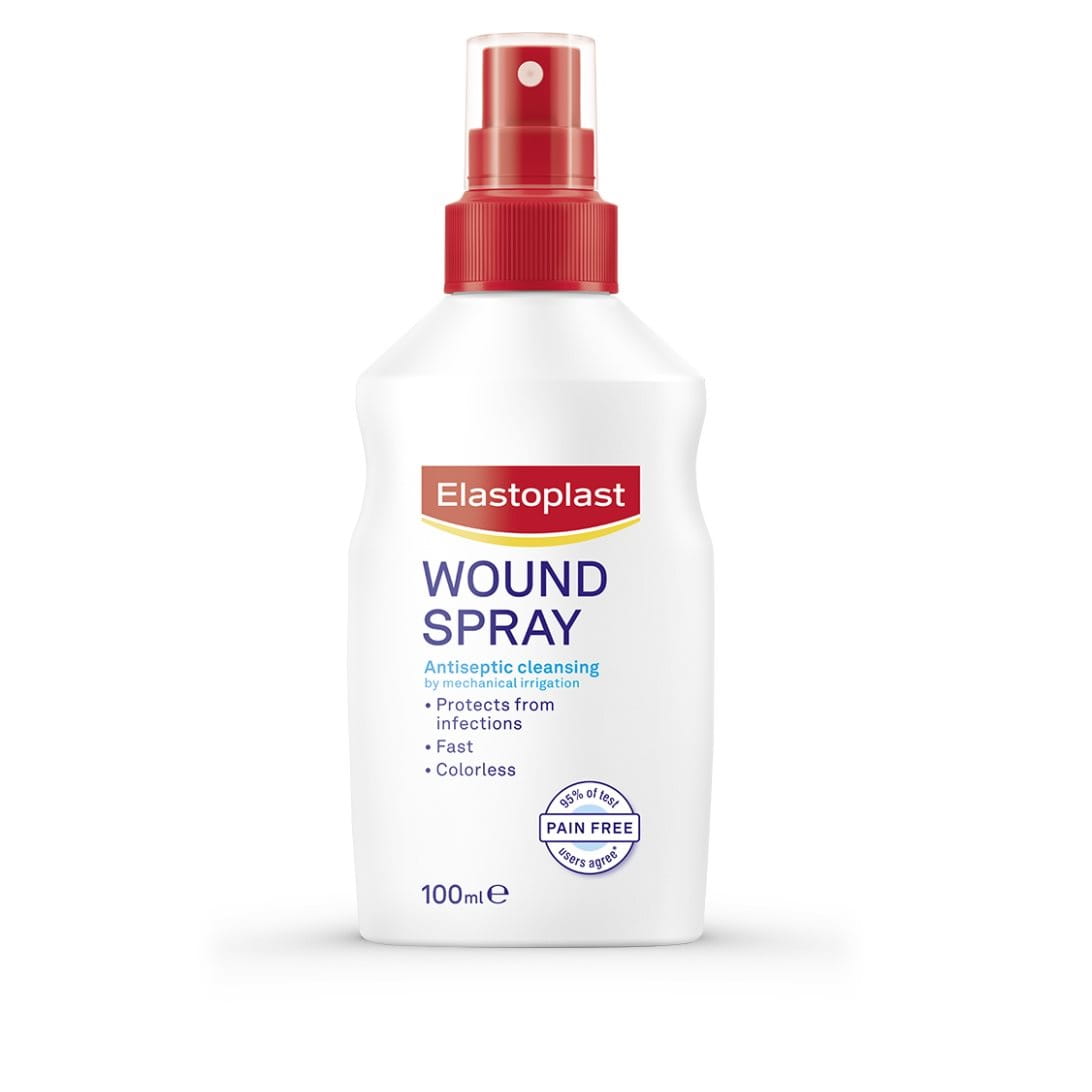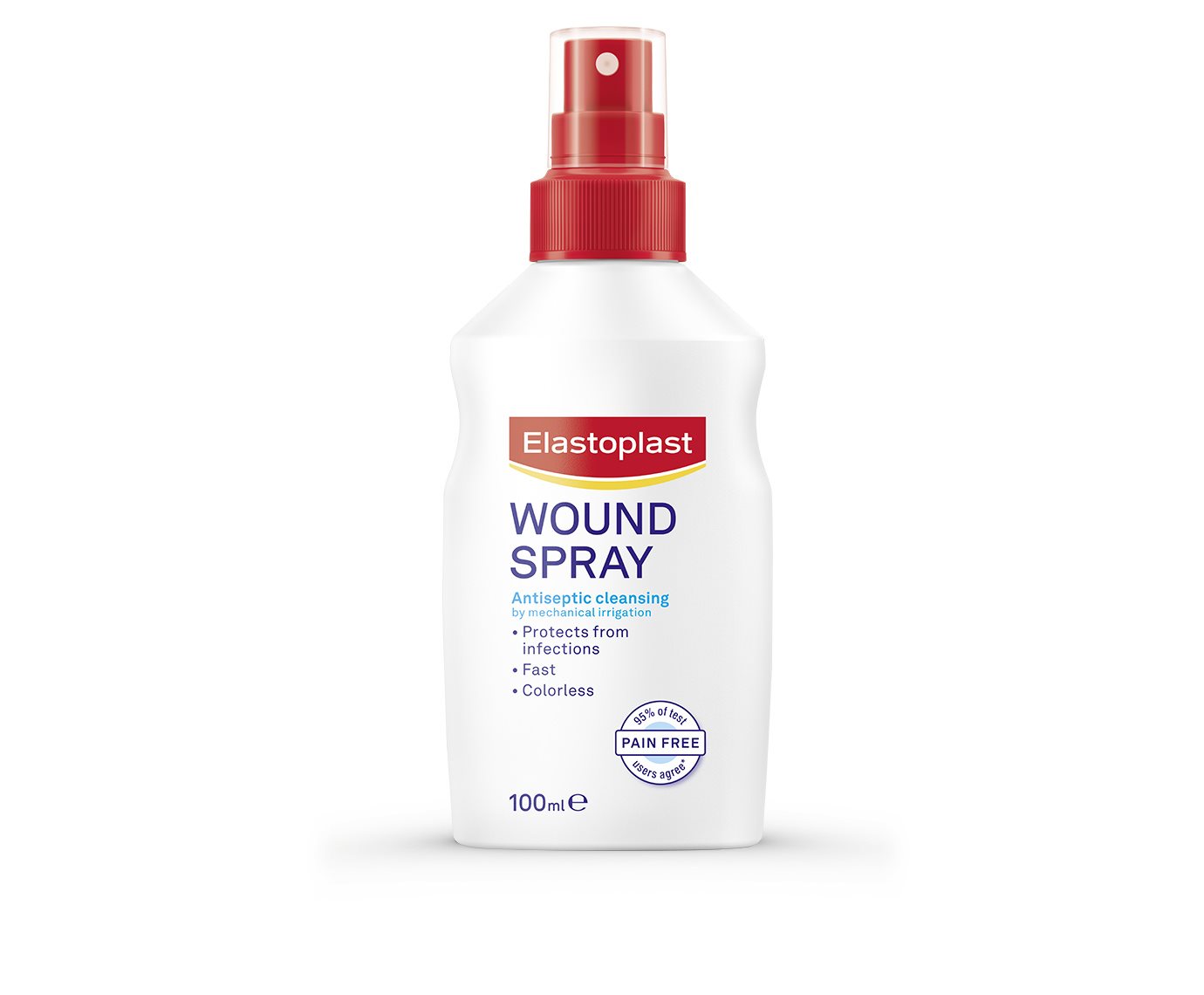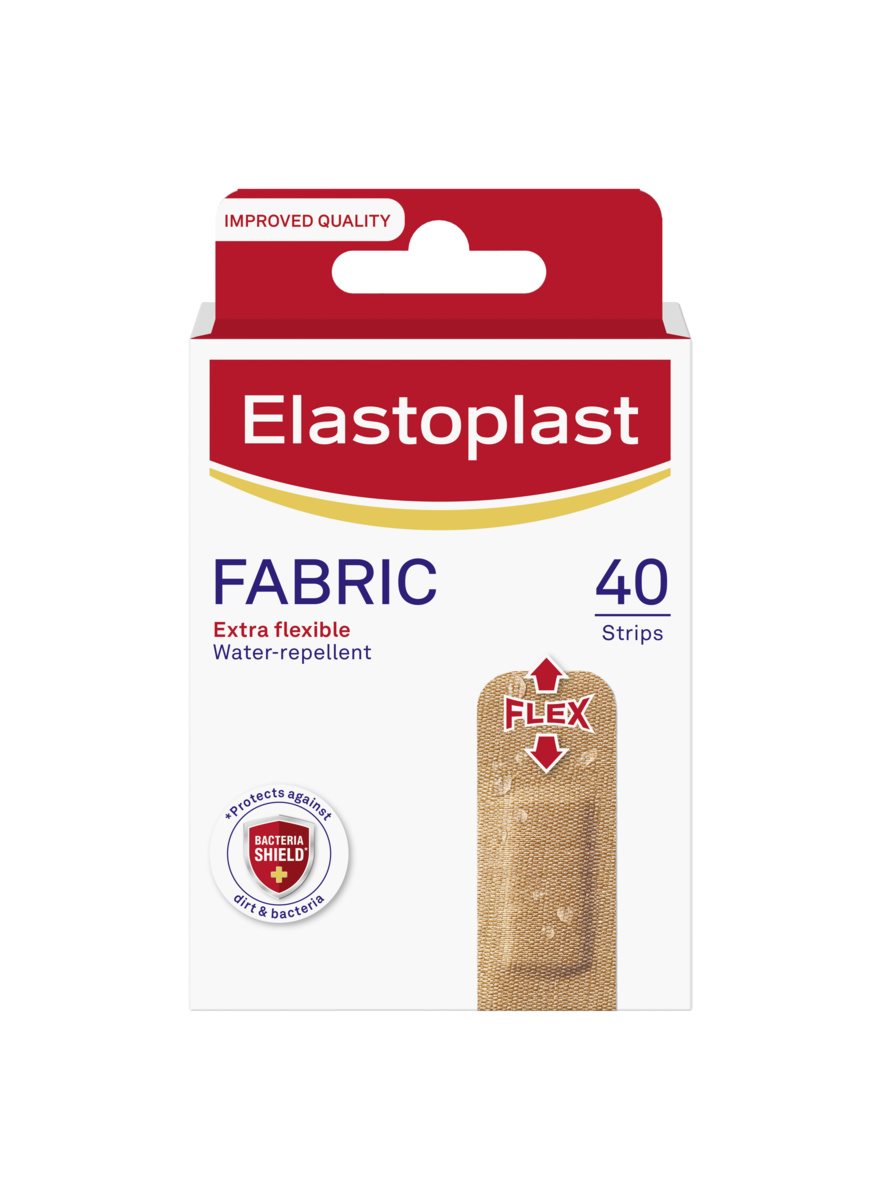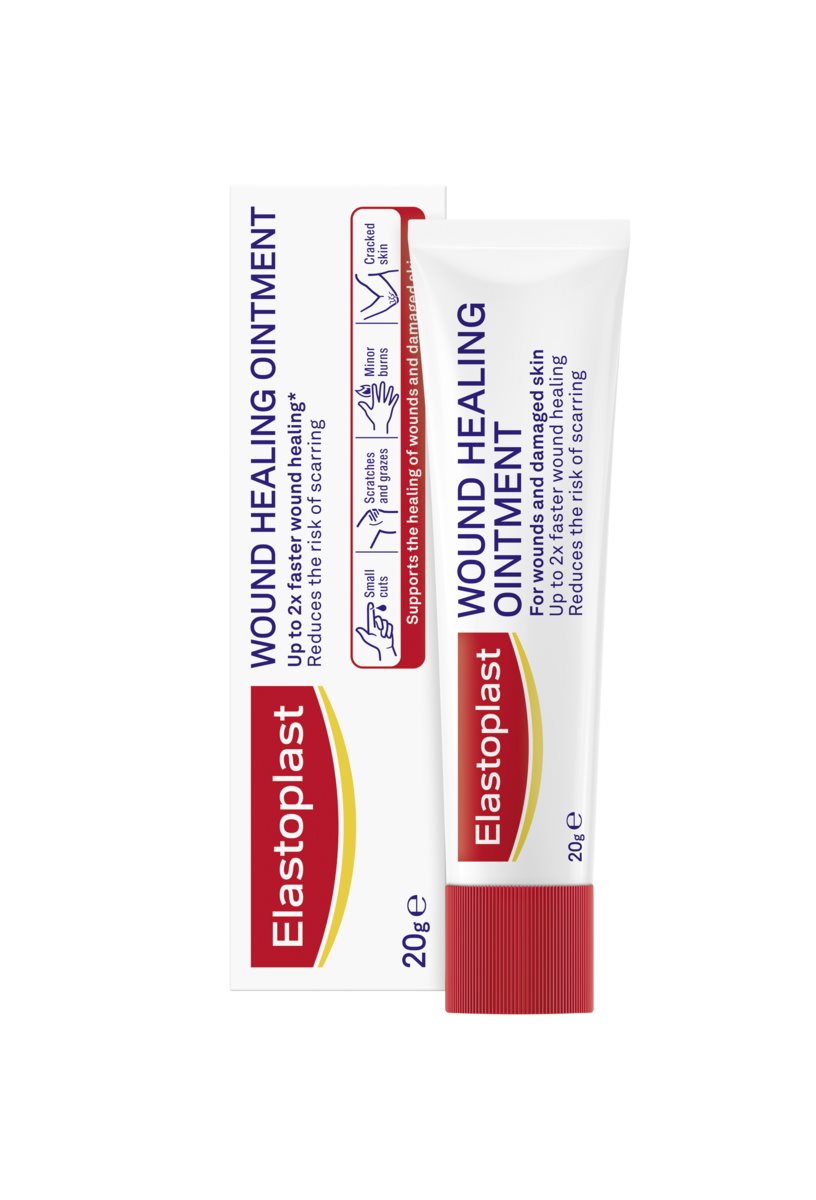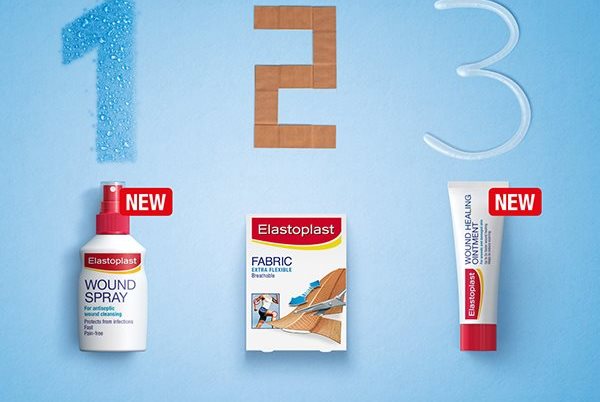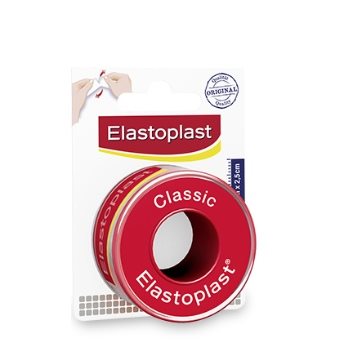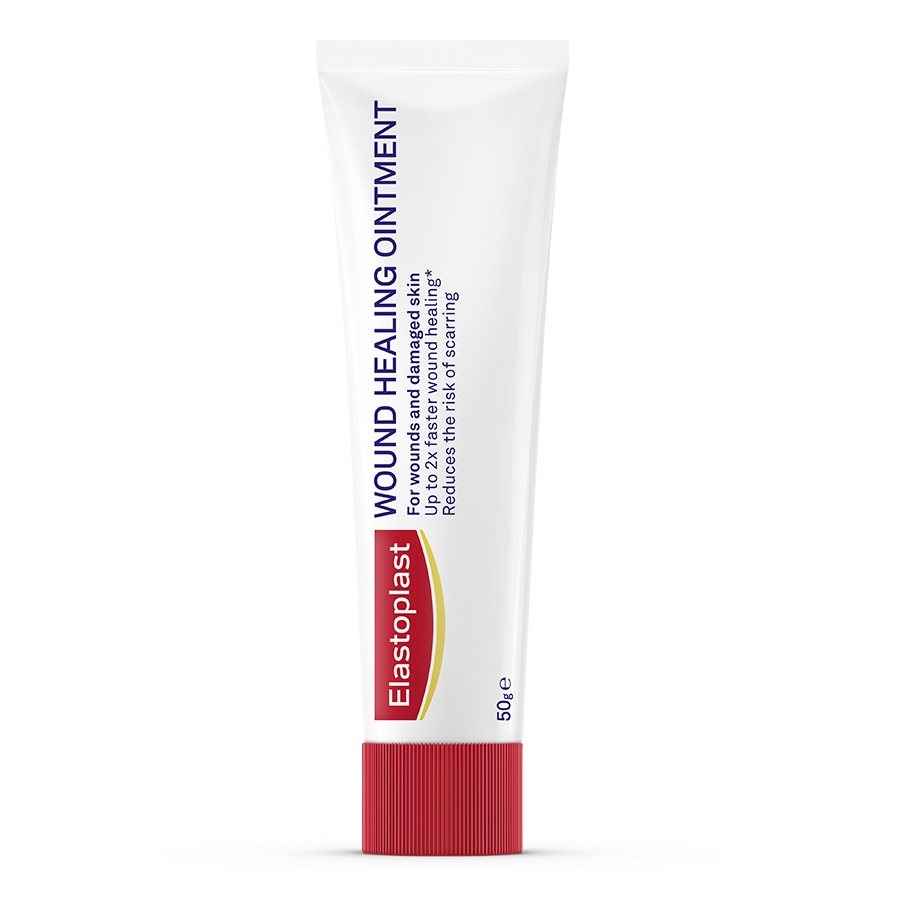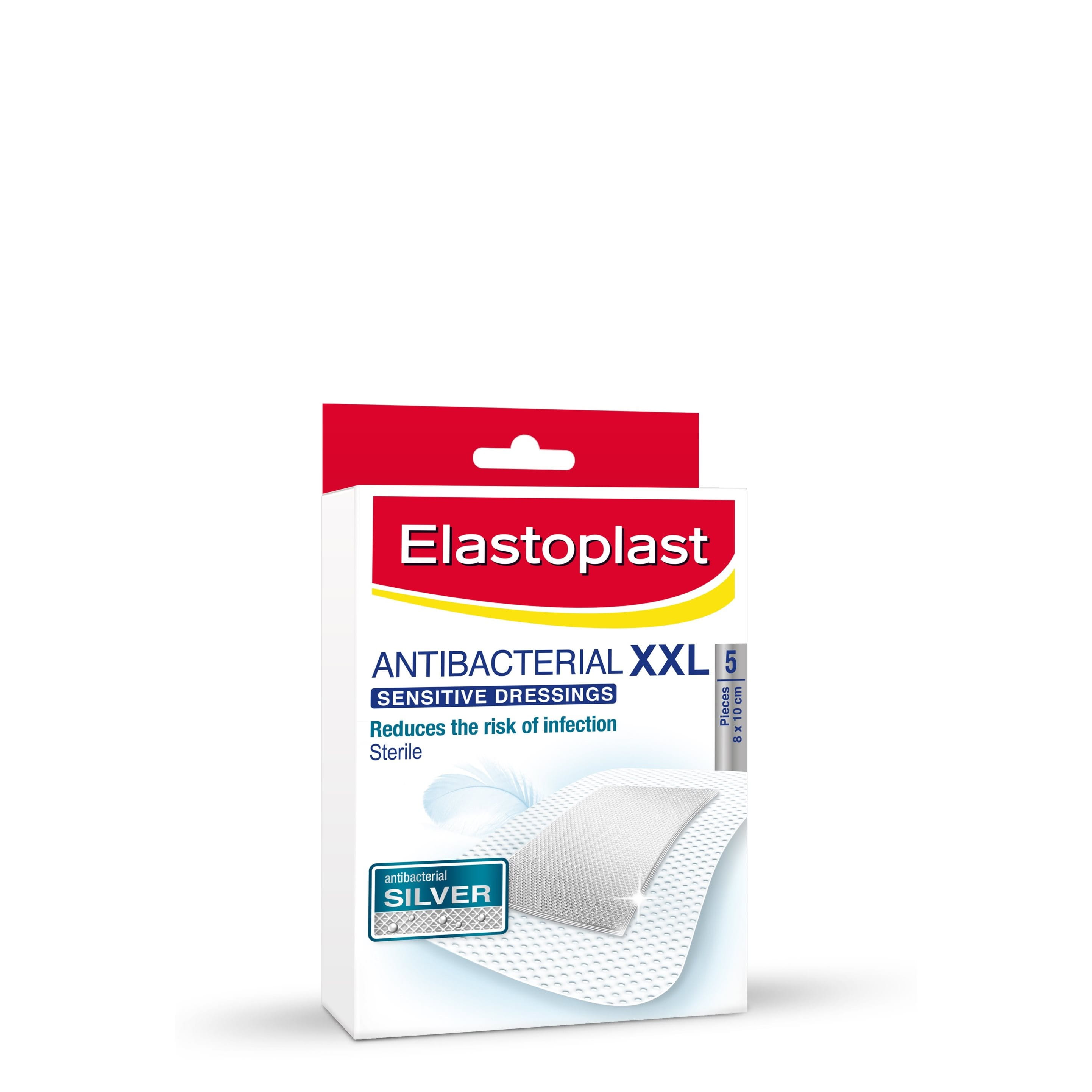What is first aid?
First aid refers to basic medical techniques used in an emergency situation. It can range from the treatment of minor wounds or bruises to the treatment of more serious conditions before professional assistance can arrive. Knowing basic first-aid techniques and having your own home first-aid kit handy at a moment’s notice is very important, especially if you are the parent or guardian of young children.
Learn more about the relevance of first-aid knowledge from the stories in our testimonials.
